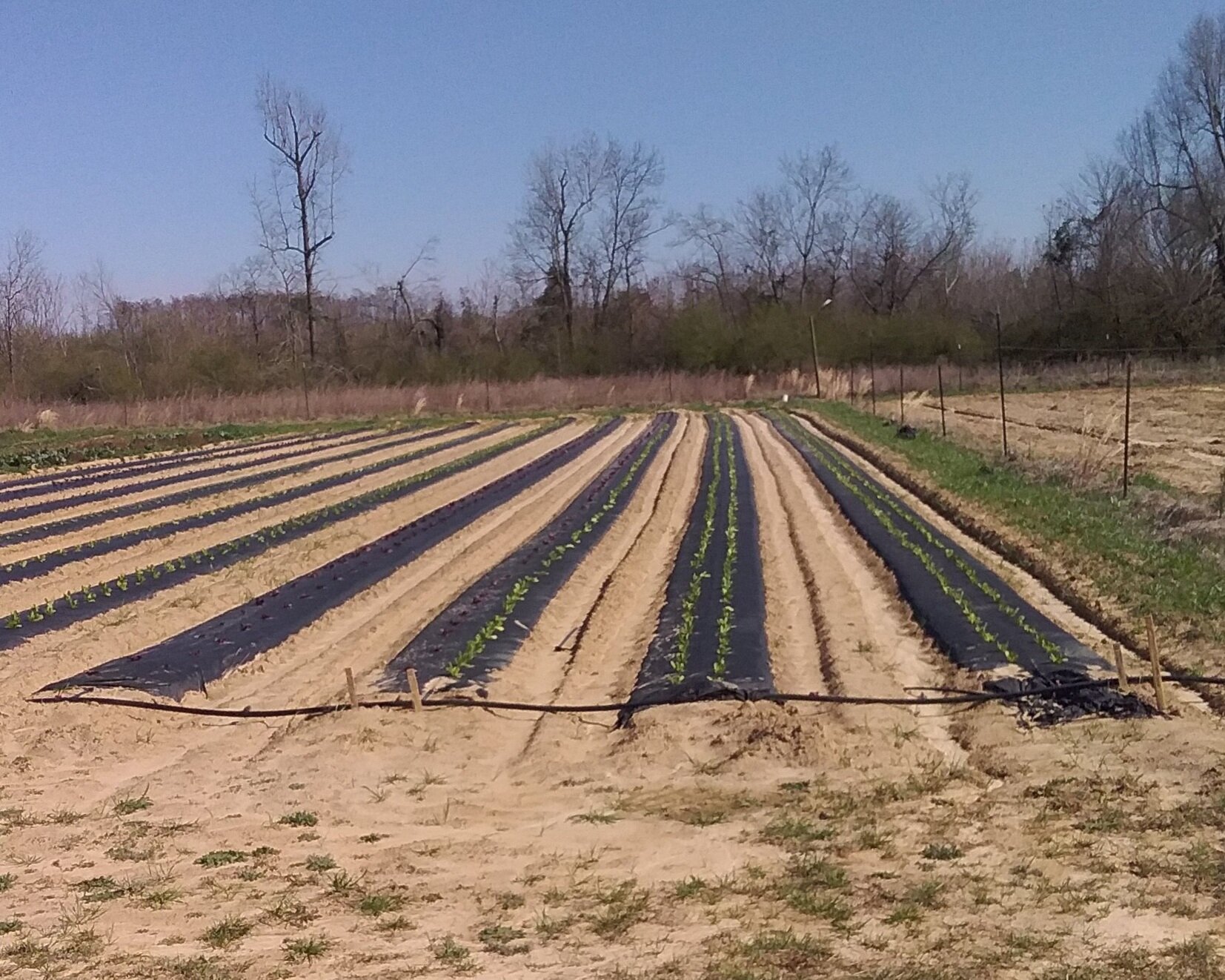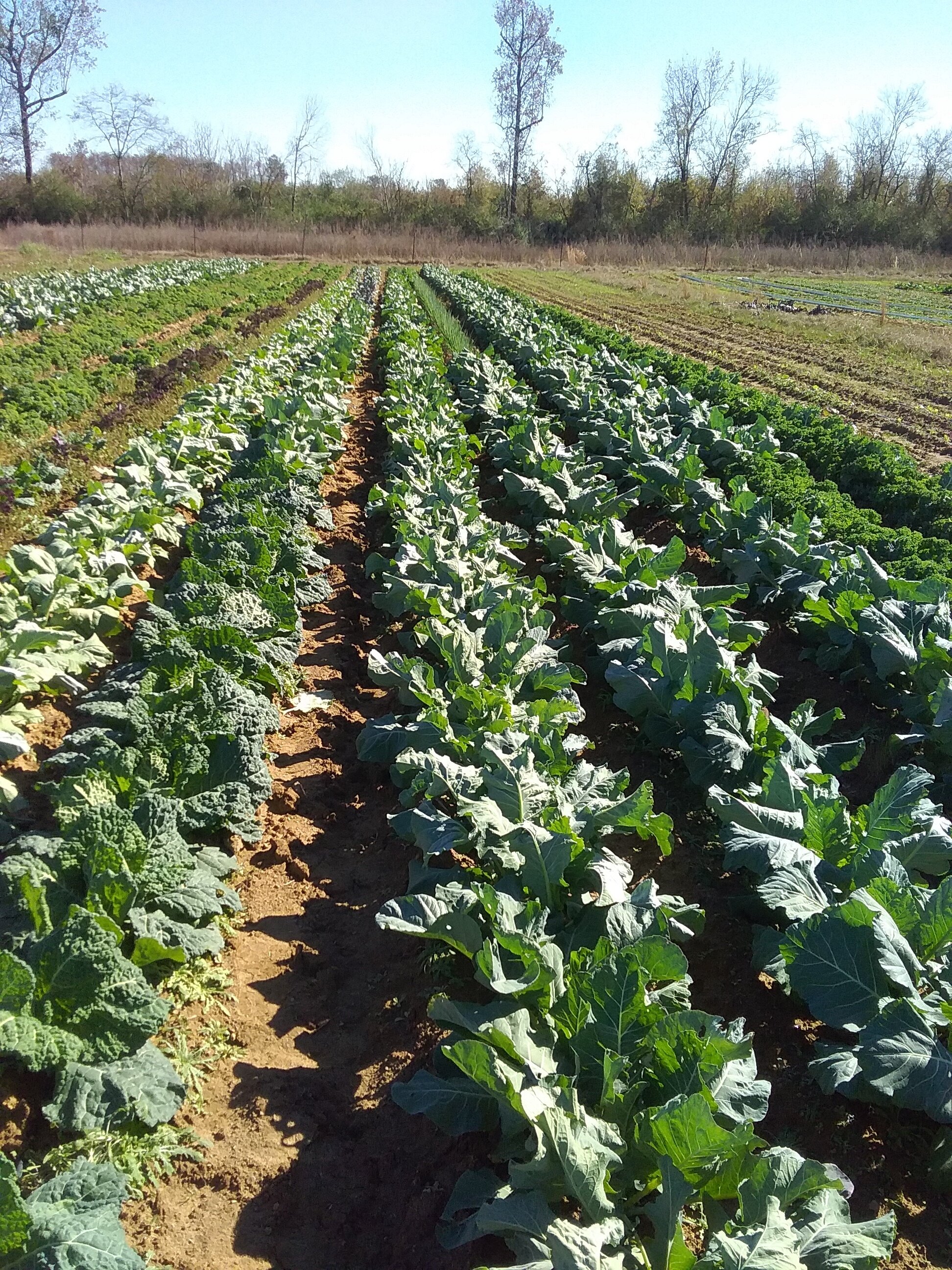By Porter Mitchell
Porter Mitchell is a Farmer Services Coordinator at Georgia Organics.
For many fruit, vegetable, and row crop farmers, the records check is the most daunting part of an organic certification inspection. During an inspection, your inspector will review your records. They will perform what is called a “trace back audit,” which some certifiers call a “mass audit.” If they are not able to complete the audit, you may not be able to be certified. But never fear! The trace back audit is not as overwhelming as it seems, and if you keep decent records you’ll be able to pass with flying colors!
What is a trace back audit?
A trace back audit is a required component of the organic inspection process. The audit is designed to help prevent fraud and keep the integrity of the National Organic Program. During a trace back audit, your inspector will trace a product from when it left the farm all the way back to when you planted seeds or purchased transplants.
Your inspector will look at your sales records and pick a crop. Let’s say they pick 20 lbs of arugula you sold during a farmers market. You and the inspector will trace the crop all the way back to seed purchasing and will check your records for each step. Here’s an example of how the process could go:
Do I need to keep digital or paper records?
Although digital records might be more searchable, paper records are perfectly acceptable and many certified organic farmers use them. Records don’t always have to be written either—photos taken with your phone in the field can be great records, especially since your phone will automatically record the date.
How long do I have to find a record during the audit?
Ideally, you would have your records prepared and ready to look through before your inspector arrives—however, you know things aren’t always ideal and your inspector knows too! The National Organic Program rules say you must be able to find your records in a “reasonable” amount of time. What’s considered “reasonable” varies, but a good rule of thumb is about 30 minutes.
What if the organic inspector can’t complete the trace-back audit?
Never fear! Your inspector will just move on and try to conduct a trace-back audit on a different product or from another time period. Although the number of attempts varies from certifier to certifier, many inspectors will typically try to conduct three different audits and will record the most complete one.
If the inspector can’t complete an audit on any product, a few things may happen. Keep in mind, each farm, situation, certifier, and inspector are different, so don’t take the following information as a guarantee. Like most things in farming, the answer is “it depends!”
If your inspector can’t complete a trace-back audit, they may:
Ask you to send the missing record as a follow-up if you need more time to find the record.
Put a note on your file that you were not compliant to the National Organic Program standard of record keeping and check that you improve your records for next year’s inspection
IMPORTANT!
Keep in mind that your inspector CANNOT approve or deny your request for certification. They simply report what they see during the inspection to the certifier. If the certifier decides your records are not adequate to prove that you are following the National Organic Program rules (called “in compliance”) they may deny your request for certification.
How long do I have to find a record during the audit?
Ideally, you would have your records prepared and ready to look through before your inspector arrives—however, you know things aren’t always ideal and your inspector knows this! The National Organic Program rules say you must be able to find your records in a “reasonable” amount of time. What’s considered “reasonable” varies, but a good rule of thumb is 30 minutes.
To learn more about Georgia Organics, visit georgiaorganics.org, and follow them on social media @GeorgiaOrganics and at facebook.com/GeorgiaOrganics.











































